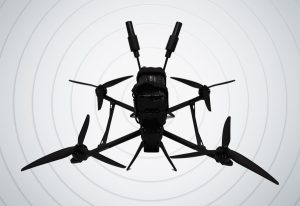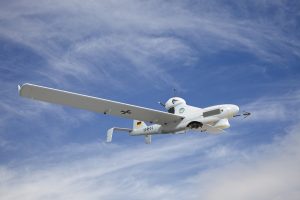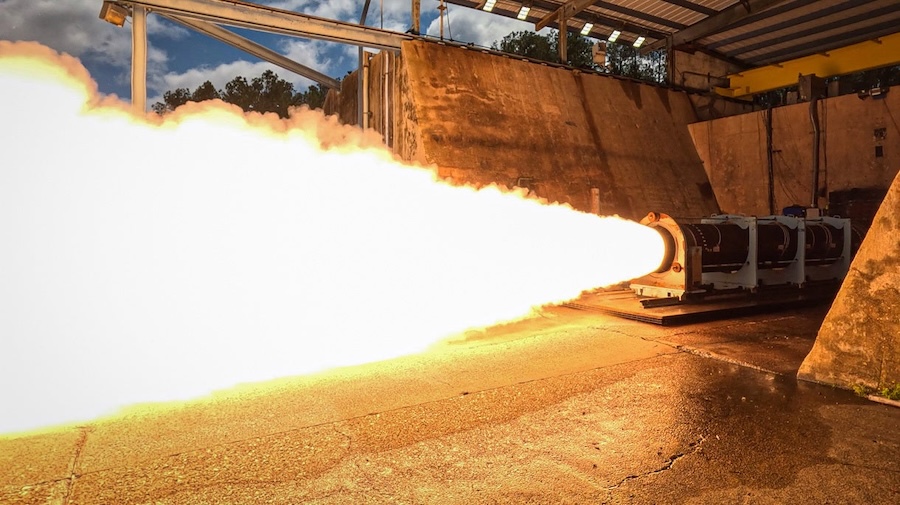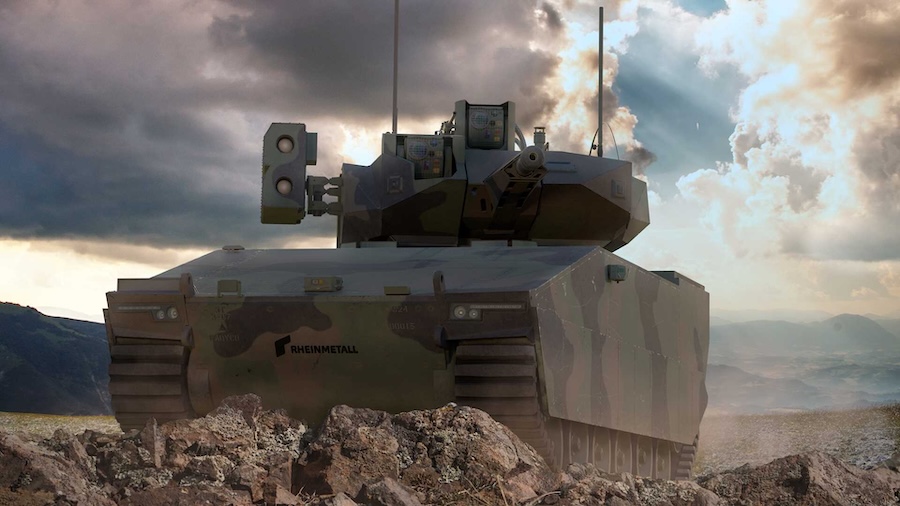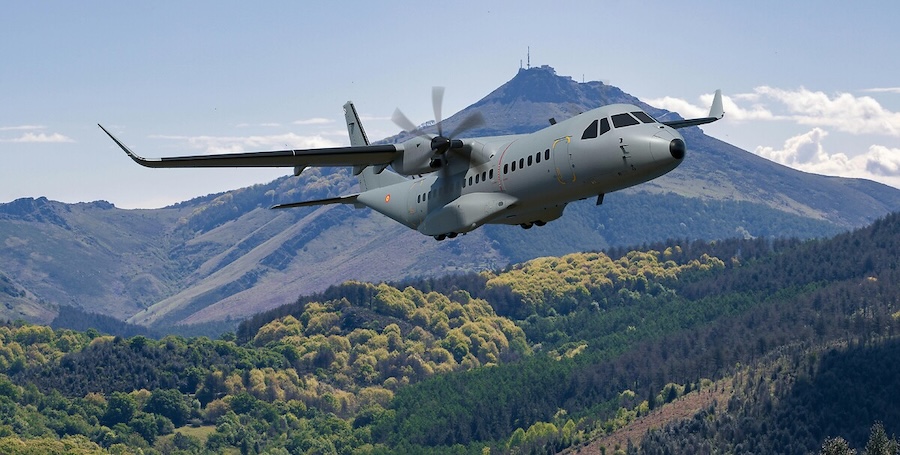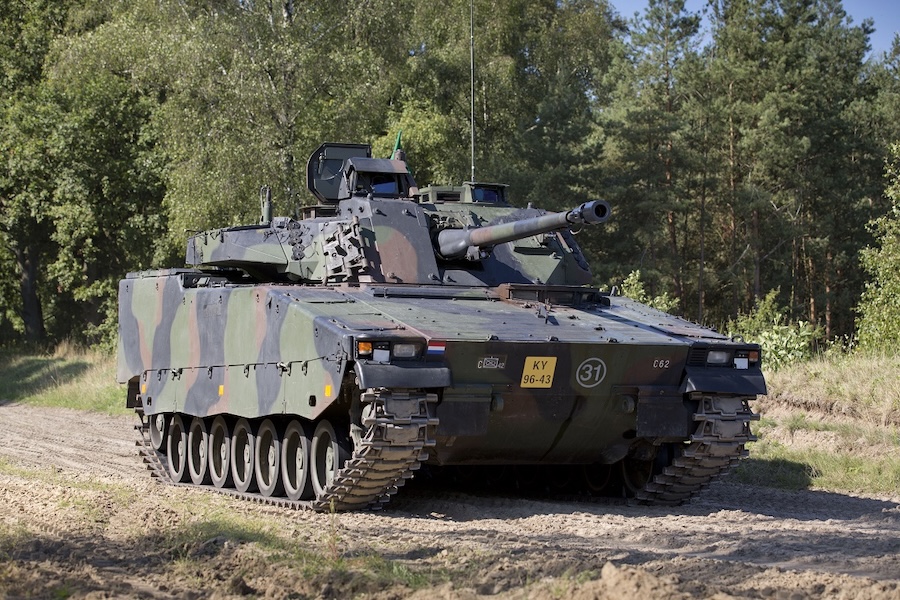The Artemis drone, similar in design to the Shahed, was developed in Ukraine with production lines now being established in the U.S., Ukraine, and Germany. It can carry warheads of up to 40 kilograms and uses Auterion’s Skynode N mission computer and Visual Navigation system to enable accurate navigation and targeting.
A built-in terminal guidance system provides pinpoint accuracy during the final flight phase. Auterion partnered with a confidential Ukrainian hardware manufacturer and has also teamed with U.S. and European firms to support large-scale production.
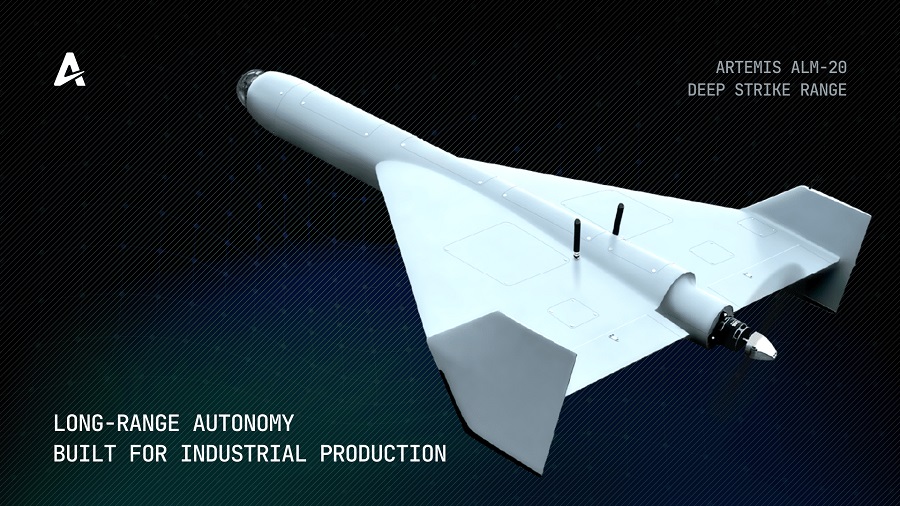
Government evaluators approved the programme after successful operational flight tests in Ukraine. These tests involved ground launches, long-range transit, terminal engagement, and navigation with and without GPS.
“Software-driven autonomy is changing the nature of deterrence,” said Lorenz Meier, CEO of Auterion. “Our Artemis entrant is designed for mass production and rapid deployment, enabling partner nations to field resilient autonomous strike capabilities at scale. We are ready to build the long-range deterrence force needed to tackle new challenges, especially in the Indo‑Pacific.”
The Artemis drone is part of Auterion’s wider portfolio of one-way attack drones under U.S. defence initiatives. The system runs on Auterion’s open architecture and battle-tested software to ensure rapid adaptability and integration across allied defence networks.
With Artemis now complete, Auterion is entering the scale-up phase with the U.S. Department of War and allied partners, aiming for co‑production at mass scale. “This isn’t a black box. It’s a scalable platform that our partners can build and evolve,” Meier added.









